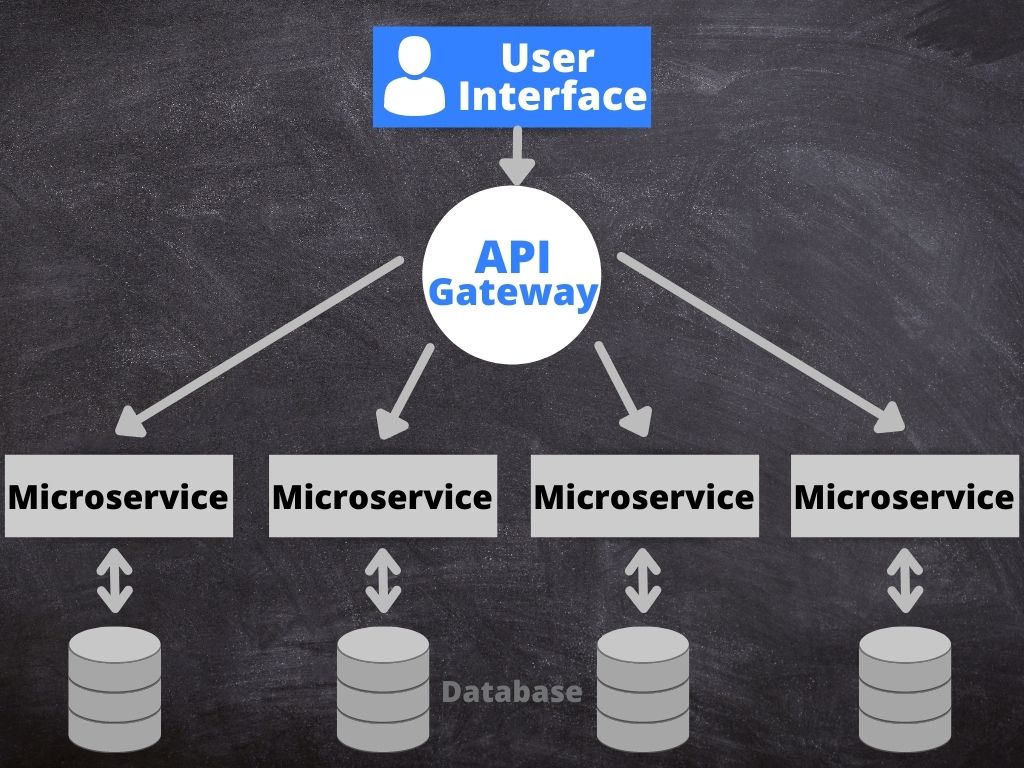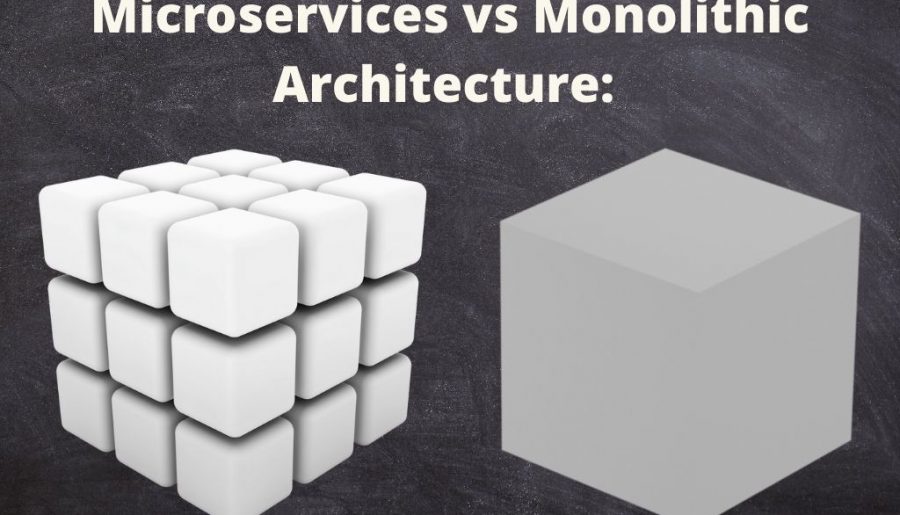Microservices are loosely coupled single-purpose services. This architectural style allows developers to build and maintain each service separately.
Microservices are becoming popular because more and more companies are interested in switching from monolithic to microservices architecture.
Contents
What are Microservices?
Microservices is an architectural approach to developing application services. It focuses on building single-function modules that are collectively working together. Individual services communicate with each other by using lightweight APIs.
Each microservice is an independent small piece of code (running its own processes) that is part of a larger architecture. Microservices are referred to as modular because they consist of multiple component services.
How Microservices Work?
We already mentioned that the architecture of microservices is divided into several components. Each service has its own purpose and also its own database relevant to its functionality. These databases manage their unique data (log data, user identification and authentication). They also support user interfaces (micro frontends).
Microservices are autonomous and they don’t need to share any of their code with other services. They are also highly specialized – each of the services focuses on solving a specific problem.
This decentralized approach is the biggest benefit because developers can manage, rebuild and deploy each piece of software independently.
Advantages
Using microservices is a new approach for building applications and breaking down monoliths. It was developed due to demands for releasing software and its new features faster.
Microservices have these specific characteristics and benefits:
- Each service can be deployed, scaled, and restarted independently (updating is easier without a need to rebuild or redeploy the whole application.
- It’s also easy to integrate them with third-party services.
- Services can be written in different programming languages, different technology, and different software environments.
- In case of a failure, thanks to better fault isolation a failure is limited to a single module whilst the whole application keeps functioning. In other words when one of the modules of an app fails it doesn’t cause the whole app to crash.
- A microservice doesn’t require a large team of developers, it can be developed even by a small team.
- Teams are more agile because of the smaller size of applications – teams are more focused, work and fix bugs faster, and add new features more easily.
- Microservices can be automatically updated without affecting users.
- Each component can be reused in different projects.
- It’s more simple to maintain because of the smaller codes. It’s easier to keep the code clean and even new team members can orientate in it quickly.
- They work well with Containers (Containers are packages of software that include everything it needs to run independently and to move between environments).

Disadvantages
There might also be some cons linked with microservices:
- If switching from monolith to microservices it can require a lot of management complexity and resources too.
- Sometimes communication between individual services can be complex. An application can consist of multiple different services, and developers have to maintain this communication secure.
- They can also require more complex testing + each dependent service needs to be confirmed before testing.
- Microservices are great for bigger businesses, but they can be too complicated for small companies.
- Communication between individual services is at higher risk of failure.
Microservices vs Monolithic Architecture
Monolithic architecture is considered the traditional style of software development.
Application with a monolithic architecture consists of one system in which all parts are interconnected. These parts of the system are dependent on each other.
The architecture of microservice is the exact opposite of monolithic architecture.
Both of these models have their advantages and disadvantages.
While a monolithic approach can be applied in some cases, microservices work better with other applications.
Although when developing a monolithic application requires a certain amount of time for planning and preparation.
Comparison: Microservices vs Monolithic Architecture
| Characteristics | Microservices | Monoliths |
| Focus | Single focus, solves a specific problem | Has wide focus |
| Coupling | Loosely coupled | Tightly coupled |
| Changes | Easier to implement changes | Harder to implement changes |
| Scalability | You can scale individual components | You have to scale the entire application |
| Testing | Testing is more complex | Easier to test |
| Deployment | Deployment can be challenging due to the app complexity | Simpler to deploy |
| New Technology | Easy to integrate new technologies | Problematic to apply a new technology |
| Database | Each service has its own database – a risk of duplicating data | Has single database |


1 thought on “Microservices vs Monolithic Architecture: Pros and Cons”